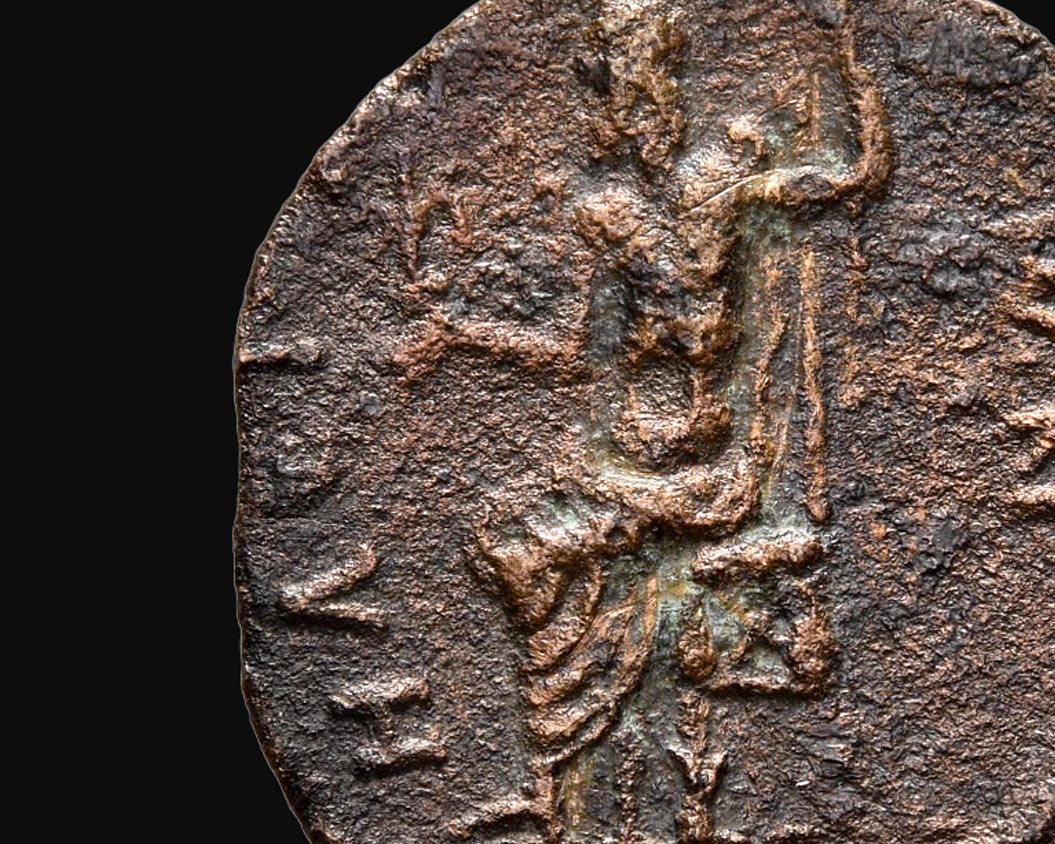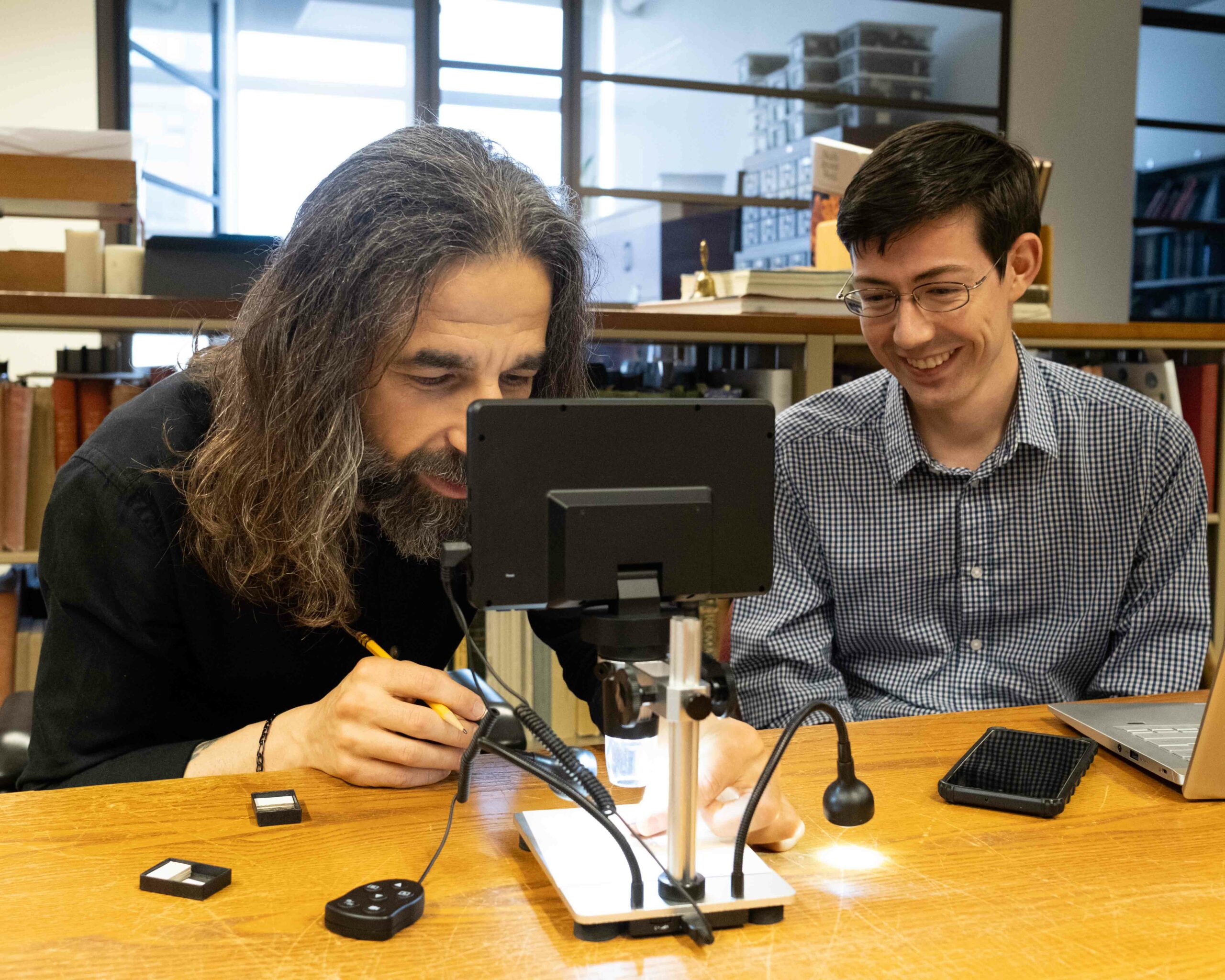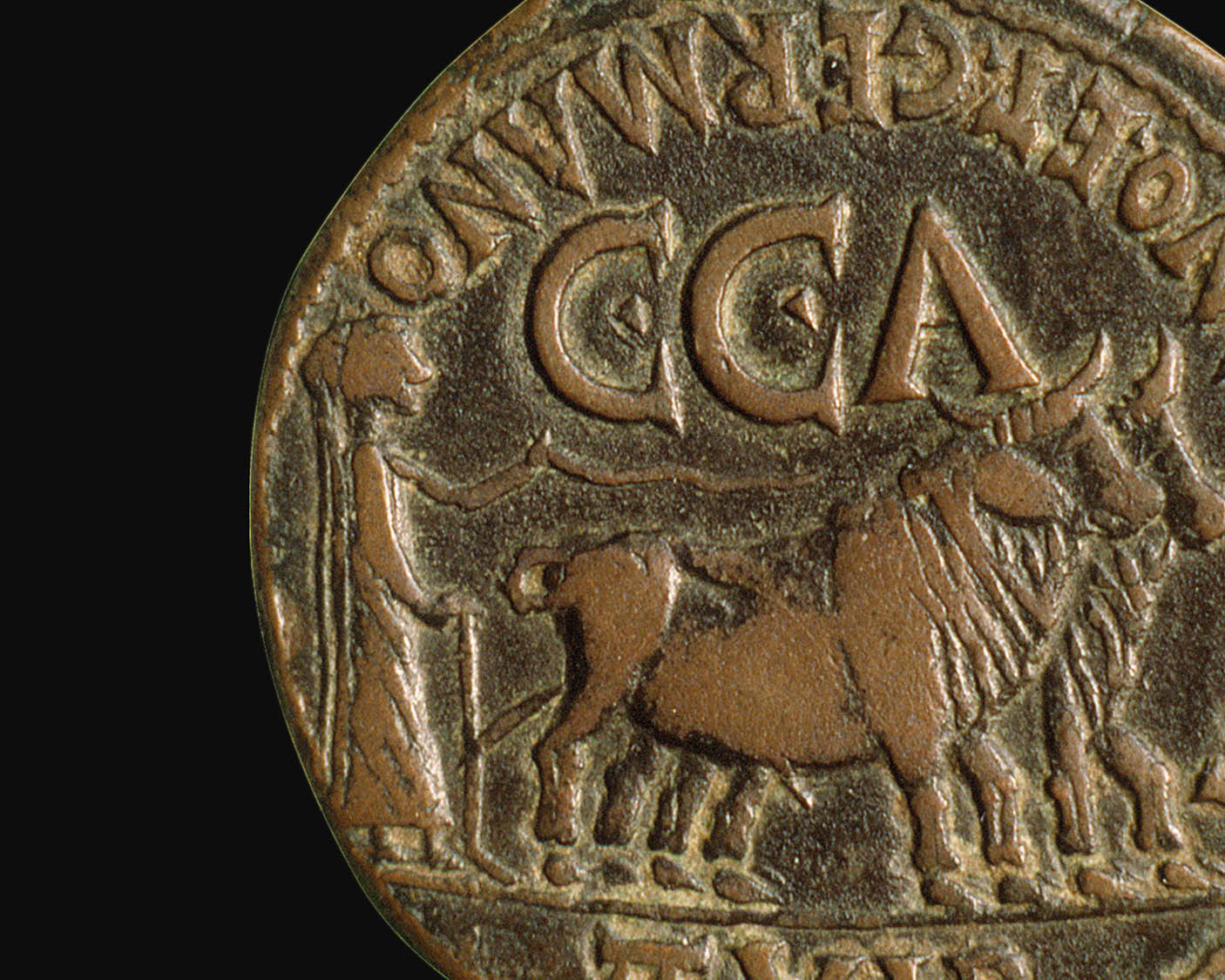The Collier Prize in Ancient Numismatics
The American Numismatic Society, with the support of Carole Anne Menzi Collier, is pleased to offer The Collier Prize in Ancient Numismatics, awarded the first time in 2021.
This substantial monetary prize is awarded biennially to the best single or multi-authored book, catalogue, or online digital work in the field of ancient numismatics (650 BCE to 300 CE).The winner(s) will receive prize money of $20,000, to be split equally in the event of a multi-authored work. A jury of five senior numismatists will be appointed biennially by the President of the American Numismatic Society, which will include a senior ANS curator.
Recipients of the Collier Prize
| 2021 | Roman Imperial Coinage (RIC) vol.II.3 (Spink, 2020) by Richard Abdy |
Professor James M. Collier
The Prize is named after the late Professor James M. Collier and commemorates the life of a remarkable man, an ardent lover of the history and culture of Europe and the Ancient world, and a passionate collector of ancient Greek and Roman coins. Prof. Collier was born on Halloween in 1943 in Bellingham, Washington, in the Pacific Northwest, where he pursued his early academic training, graduating from Pacific Lutheran University (PLU) (Tacoma, Washington) with a Bachelor of Arts in History in 1965. After graduating from PLU, he worked for the Boeing Corporation as an engineer. He was seconded to Washington D.C. on the Minuteman project, where his office was located across from The National Gallery. For two years, he spent every lunch hour at the Gallery and came to realize his real love for art and art history. Returning to Pacific Northwest he attended the University of Oregon and graduated with a Master of Arts in Art History in 1970. Thereafter, he moved to the Midwest to pursue a PhD in Art History at the University of Michigan, which he completed in 1975. He was appointed an Assistant Professor in the Art Department at Auburn University (Auburn, Alabama), where he eventually was tenured and became department chair. Over the course of his academic career, he lectured widely and published on the Italian Renaissance and Early Netherlandish perspective, which had been the subject of his doctoral dissertation, entitled “Linear Perspective in Flemish Painting and the Art of Petrus Christus and Dirk Bouts”.
While a PhD student he assisted Professor Marvin Eisenberg with the University of Michigan’s Sarah Lawrence Summer Program in Italy. It was in Florence that summer that he met his wife Carole Anne in the Sacristy of Sta Croce. Traveling the world was to remain an important part of his life. He visited over 84 countries. In 2012 he sailed with a crew of three on a 50-foot sail- boat from Capetown, South Africa to Rio De Janeiro, Brazil, covering over 4,000 nautical miles across the South Atlantic. A motor racing enthusiast, his travels also included frequent trips to the Indy 500 and following the Formula One circuit.
It was also during his time as a graduate student in Italy that his interest in ancient coins was fully re-ignited, as well as his love for Rome and the Classical World. His interest in coins had started when he was seven years old when his father returned from a business trip to New York City with six ancient coins that awaited him under the Christmas tree. He collected for the next 65 years; the last coin, an aureus of Nero, was logged into the collection a week before his death in 2015. Collecting ancient coins became the foundation of his broad fascination with art, history, and culture. His collection of almost 1,000 Greek and Roman coins gave him immense pleasure, continually inspiring him by their beauty and depictions of famous monuments and portraits of Hellenistic and Roman rulers. While the Collier Prize at the ANS commemorates his love of ancient coins, his love for Rome and the Classical World has also been commemorated by the Collier Scholarships at the American Academy in Rome, which allow students from Oregon, Michigan, and Alabama to attend the Classical Summer School thereby extending his passion for the Ancient World to future generations. He was a greatly admired and beloved teacher who brought dozens of students to Rome to share with them the wonders of the ancient world.
Essentially a self-taught painter, Prof. Collier took up painting full time in 1987, when he joined Carole Anne in New York City to improve his skills at the National Academy of Design, where he attended the Program in Painting from 1988 to 1989. Already by that point he had published and exhibited his work in a number of venues. His interest in perspective and its application in the visual arts has deep roots. Even as a child in kindergarten his teacher noted that he had “an unusual awareness of perspective compared to his peers.” In 1980, for example, he began to combine his academic interest in perspective with painting by reconstructing the first painting in single point perspective: Filippo Brunelleschi’s lost painting of the Florentine Baptistry. The painting was exhibited in the Biennale in Venice in 1986 in the Italian pavilion and now is in the permanent collection of the Museo del Opera del Duomo in Florence where the original experiment was conducted in 1425. His series of paintings “Eccentric Views of Italian Architecture” reflect that lifelong interest in perspective.
In 1990, Prof. Collier and Carole Anne moved to the Netherlands, where he had been an American Field Service exchange student, eventually taking up residence and establishing a studio in a seventeenth- century canal house on Amsterdam’s famous Keizergracht. Although Prof. Collier continued on occasion to lecture on art history and to work as an academic, including a stint in 1993 as a Smithsonian Institution Art Historian in Florence, he was until the end of life a self-sufficient artist. His work was shown in solo and group exhibits in various parts of the U.S., the Netherlands, and Italy, and is represented in private collections in the U.S., as well as in the Netherlands, Italy, England, Norway, and Thailand.
His paintings, a selection of which are illustrated here, cover a range of topics, including portraits, dogs, views of Amsterdam, Italian architecture, ships, and fantasies (more of his paintings can be seen on a website devoted to his work: jimcollier.nl). In his painting, Prof. Collier was inspired by the world of visual reality. He strove to reflect a selective view of things based upon careful empirical observation, which was never the result of artificial non-observational means such as photographic projection. As Prof. Eisenberg noted on Collier’s solo exhibition of Italian architectural paintings at the Italian Cultural Institute in Amsterdam in 1992, “James Collier’s eye is both lens and filter. He grasps both the large and the small, the essential shape and the minute inflection of light, color, and texture. His power to see is what the American poetess Marianne Moore calls ‘piercing glances into the life of things.’” His work displays not just his acute attention to detail and the play of light and shadow, but also the joy he took in the medium of painting and its long history, most apparent in the portraits he did of himself and Carole Anne.




